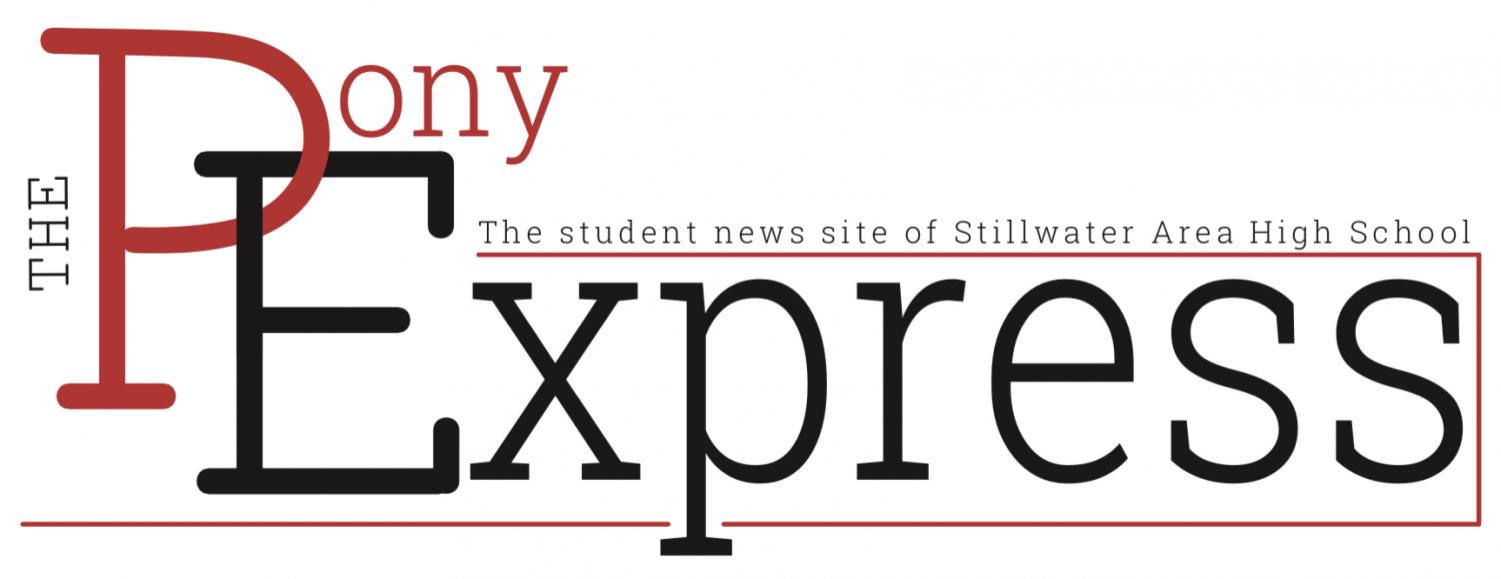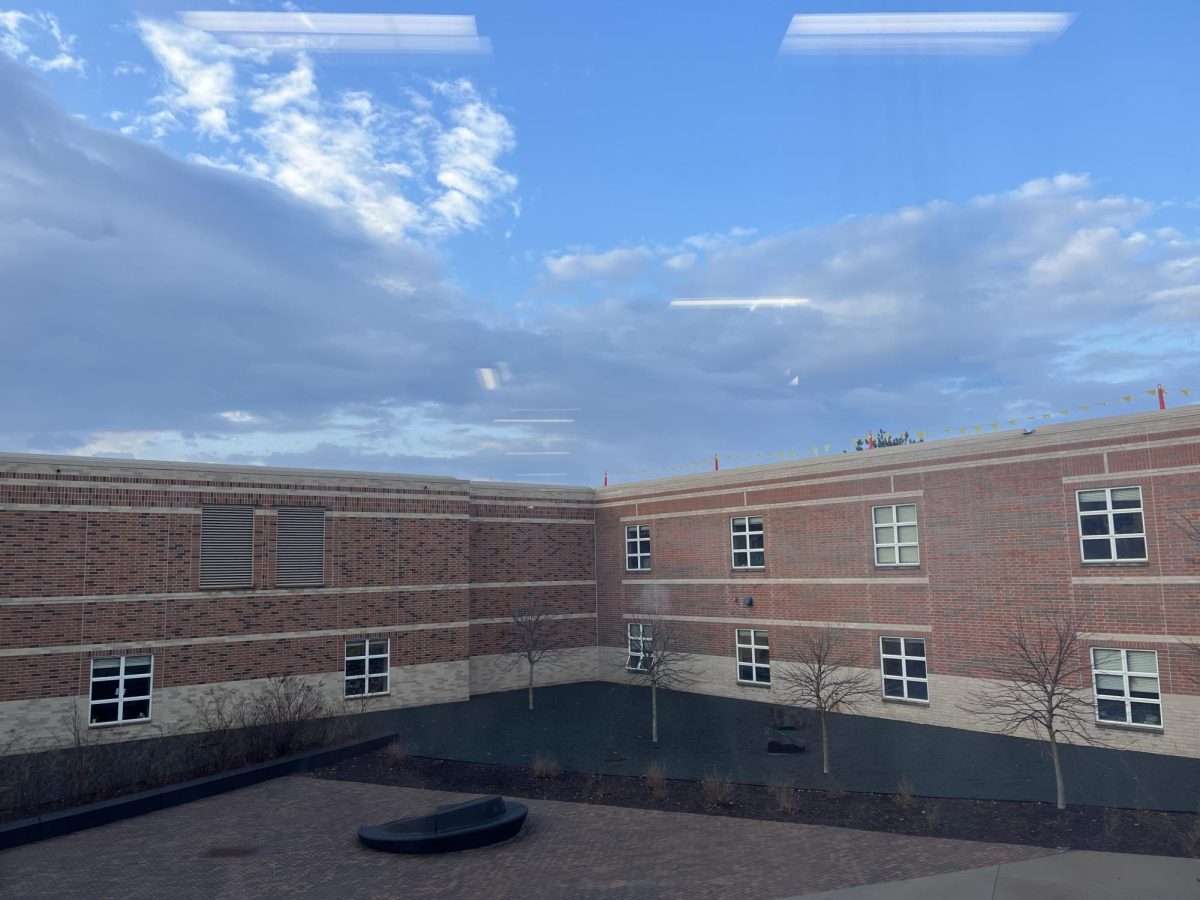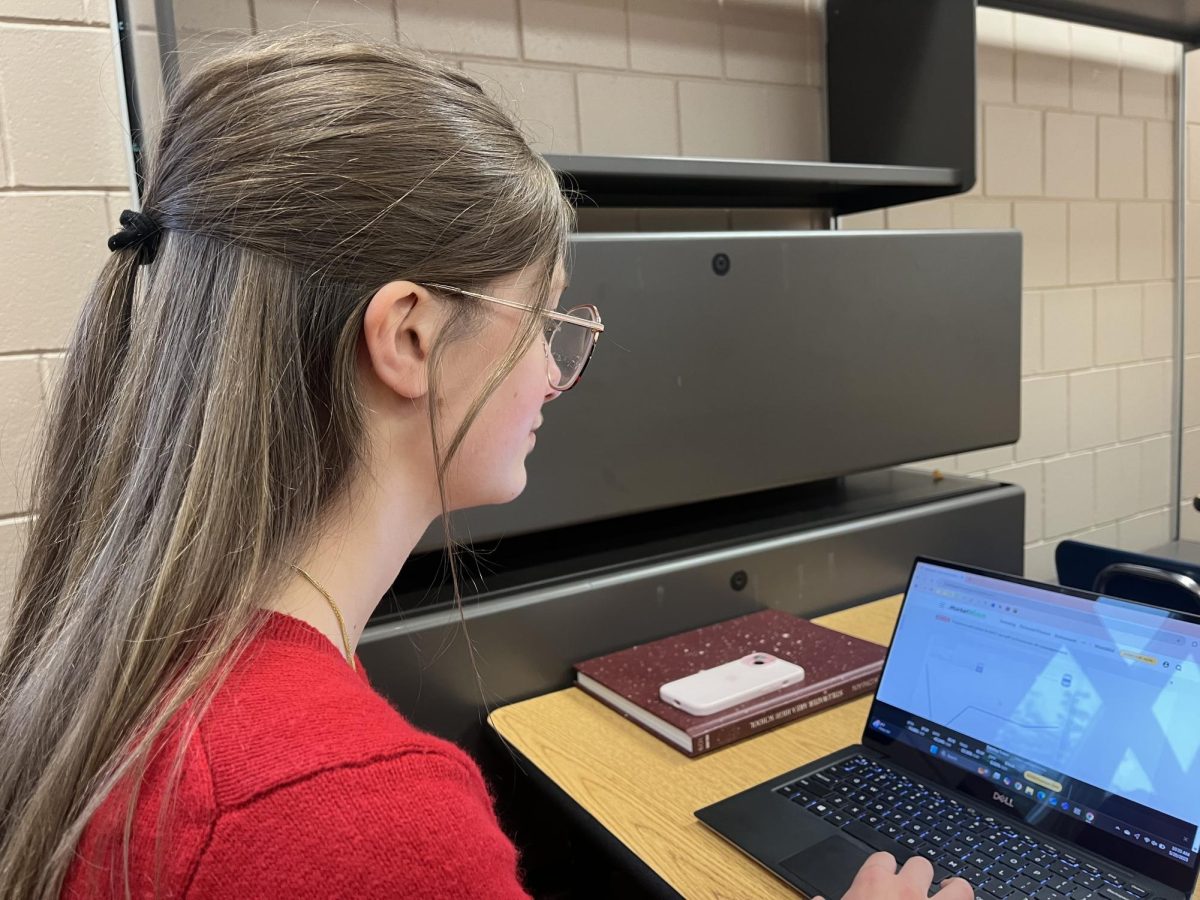To expand the use of solar energy, schools in the district have added solar panels to their buildings. Although the initial cost can be high, in the long run, it will save the school money. This is an environmentally beneficial step that promotes sustainability practices. It will also help educate students about renewable energy, energy consumption and conservation.
It can be a good act for the environment and provides a positive example for students to create a more sustainable future. It helps to give long-lasting benefits for students and the community in years to come. It can be a great example of sustainable living for the future.
“It also is the start of creating a sustainable future for the overall Stillwater District and community as a whole,” Manager of Facility and Site Operations Anthony Willger said.
Solar panels have been added to schools in the district to expand our solar energy use. This also increases the use of renewable energy, but it will not change the school’s energy consumption. Committing to the panels shows a positive direction to help improve the environment.
“The installation of solar panels does not reduce energy consumption within the school. It does increase our use of renewable energy though. Some ways to reduce energy consumption is investing in more energy efficient lighting/cooling/heating systems and creating energy saving behaviors (shut off lights in rooms when not in use),” Wilger explained.
Installing solar panels helps save money in the long run even though the initial cost can be more expensive. It helps lower the school’s energy cost by installing the panels. The school can also now become less reliant on traditional utility companies.
“The system installation and maintenance costs are approximately $4.75 million. This expense is spread out over 20 years. The system is projected to pay for itself after 25 years and last approximately 40 years. Depending on the future cost of electricity the estimated 40 year savings is projected to be $12.8 million,” Willger explained.
“The solar panels will reduce the electric bills, and starts a cost avoidance for electricity in the future,” he added.
Solar panels help make schools in the district greener, solar-producing schools. Since solar energy is a clean and renewable source, it will significantly reduce the school’s carbon footprint. It will also help contribute to a healthier environment.
Some environmental benefits include the reduction of CO2 emissions and reducing the district’s carbon footprint Wilger said.
This project can help educate students on renewable energy, energy consumption and conservation. It also educates students about environmental responsibility. They can be used for STEM integration and used as a hands-on learning tool. It provides opportunities for students to explore science, technology, engineering and math concepts.
“Yes, there would likely be opportunities for students to learn from the solar panels. When we placed panels on the roof of the Early Childhood Family Center many years ago, our middle school students had the opportunity to monitor how much energy was generated and learn more about solar power,” Chief of Staff/Executive Director of Communications Carissa Keister explained.
“I would expect teachers at the high school would find creative ways to use the new panels as a learning opportunity for their students as well,” she added.
Overall, solar panels are helping transform schools into greener, solar-producing buildings. They will provide long-lasting benefits to the community. There is a plan to add solar panels to the two new elementary schools once they are completed. Also while replacing older roofs, solar panels may be added if they are suitable.
















